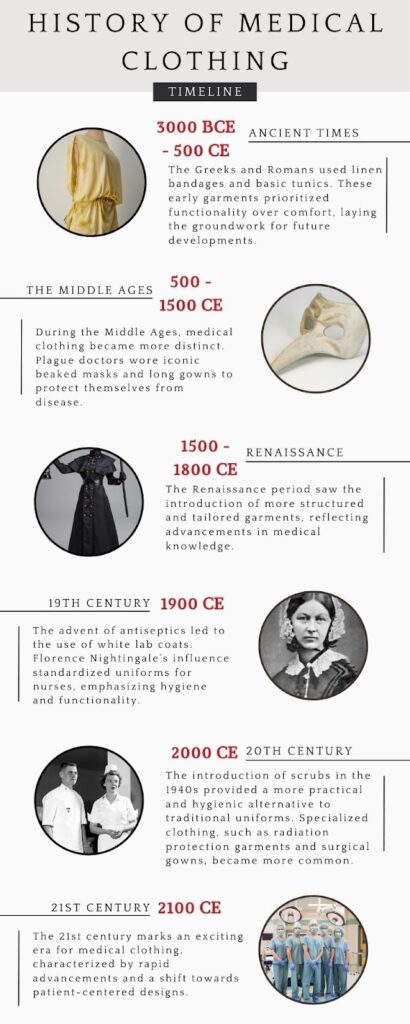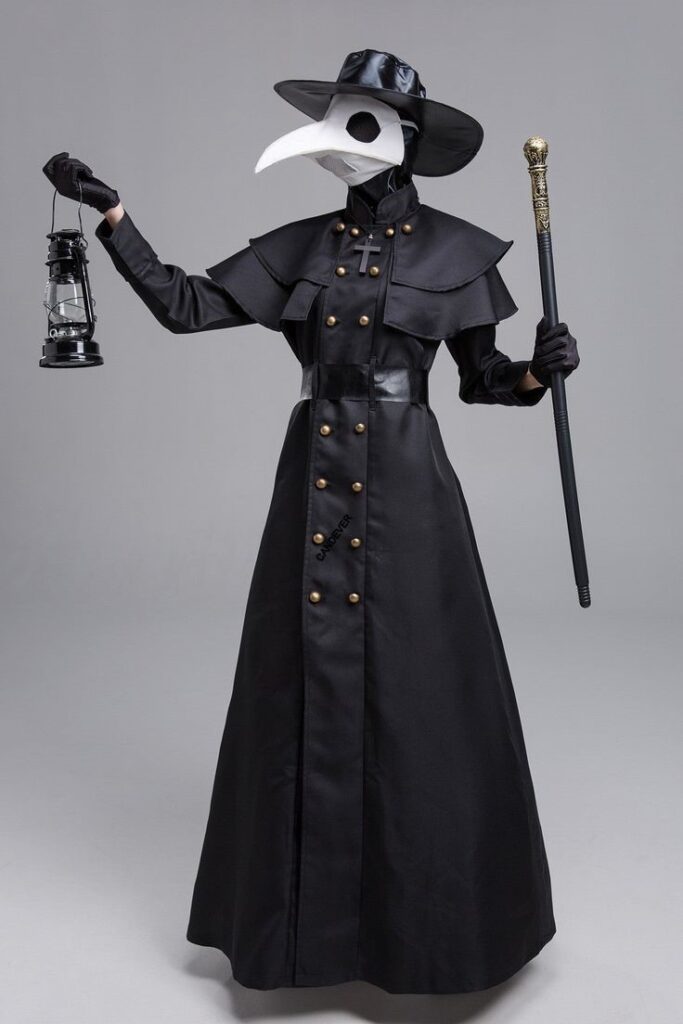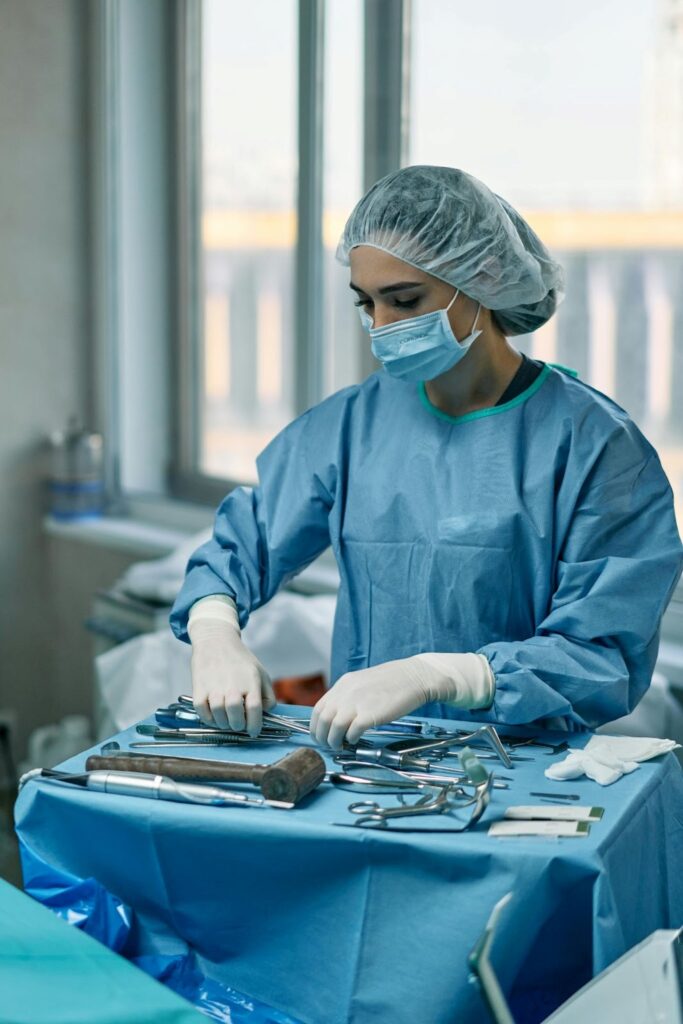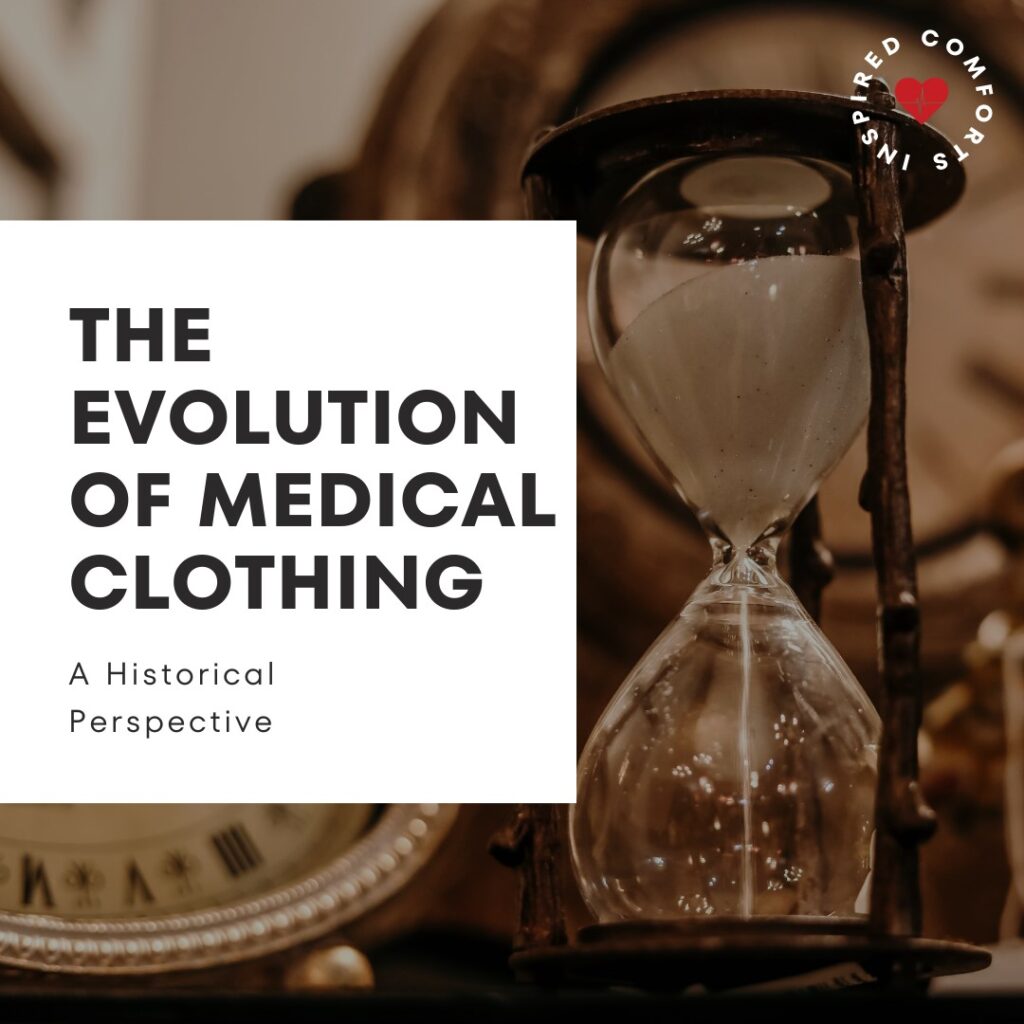Medical clothing has come a long way from its early days. The evolution of these garments reflects advancements in medical knowledge, technology, and patient care. In this blog, we explore the fascinating history of medical clothing and how it has shaped the modern innovations seen in brands like Inspired Comforts.

1. Ancient Times (circa 3000 BCE – 500 CE)
In ancient civilizations, medical practitioners wore simple yet practical clothing designed to address the medical needs of the time. The Greeks and Romans, for instance, used linen bandages and basic tunics. These early garments prioritized functionality, providing a foundation for future developments in medical clothing.
- Common Medical Clothing: Simple bandages, wraps, and basic cloth garments.
- Unique Features:
- Materials: Linen and wool were commonly used for bandages and wraps.
- Natural Antiseptics: Bandages were often infused with natural antiseptics like honey and herbs to promote healing and prevent infection.
This period laid the groundwork for future advancements, emphasizing the importance of hygiene and practicality in medical clothing.
2. The Middle Ages (500 – 1500 CE)
The Middle Ages saw medical clothing become more distinct and specialized, particularly with the emergence of the iconic plague doctor outfits during the Black Death.
- Common Medical Clothing: Plague doctor outfits, including long coats, gloves, boots, wide-brimmed hats, and the famous bird-like masks.
- Unique Features:
- Beaked Masks: These masks had glass eye openings and a curved beak to hold scented substances like lavender or vinegar, believed to protect against miasmas (bad air).
- Protective Coats: Long coats coated with wax to repel bodily fluids, and gloves and boots provided additional protection.
Plague doctors’ attire was both functional and symbolic, representing an early attempt to combat contagious diseases through protective clothing.
3. Renaissance and Early Modern Period (1500 – 1800 CE)
The Renaissance marked a significant shift in medical clothing, reflecting the era’s advancements in medical knowledge and surgical techniques.
- Common Medical Clothing: More structured garments for surgeons, including aprons, gloves, and basic uniforms.
- Unique Features:
- Aprons: Surgeons began wearing aprons to protect their clothing from blood and other bodily fluids.
- Specialized Garments: The period saw the introduction of more sophisticated tools and techniques, necessitating specialized garments to maintain hygiene and functionality during surgeries.
The Renaissance period emphasized the importance of hygiene and the need for specialized clothing to support more complex medical procedures.

4. The 19th Century: The Birth of Modern Medical Attire
The 19th century marked significant changes in medical clothing. The advent of antiseptics led to the use of white lab coats, symbolizing cleanliness and professionalism. Florence Nightingale’s influence brought about standardized uniforms for nurses, emphasizing hygiene and functionality.
- Common Medical Clothing: Introduction of surgical scrubs and white coats.
- Unique Features: White coats became a symbol of cleanliness and professionalism. Surgical scrubs were designed to reduce contamination and infection during procedures, typically consisting of a short-sleeve shirt and drawstring pants made from simple, easy-to-clean fabrics.
5. The 20th Century: Innovations and Specialization
The 20th century was a transformative era for medical clothing, marked by significant innovations and the introduction of specialized garments. Here’s a closer look at the key developments that defined this period:
Innovations in Medical Clothing
- Introduction of Scrubs: In the 1940s, medical scrubs revolutionized hospital attire, providing a more practical and hygienic alternative to traditional uniforms. Initially designed for surgeons, these garments quickly became standard for all medical staff due to their ease of cleaning and sterilization.
- Radiation Protection Garments: As medical technology advanced, so did the need for specialized protective clothing. Radiation protection garments, such as lead aprons, became essential for protecting healthcare workers from harmful exposure during procedures involving X-rays and other radiation-based treatments.
Common Medical Clothing
- Scrubs: The evolution of scrubs from simple white uniforms to the now-familiar green or blue attire was a game-changer. These colors were chosen to reduce eye strain and help maintain a sterile environment in operating rooms. The shift also reflected the rise of antiseptic techniques, which underscored the importance of hygiene and infection control in medical settings.
- Disposable Gloves and Masks: The 20th century saw the widespread adoption of disposable gloves and masks, spurred by advances in sterilization practices. These items became crucial for preventing the spread of infections and protecting both patients and healthcare workers during medical procedures.
Unique Features
- Standardization and Color Coding: By the mid-20th century, scrubs had become standardized, typically in green or blue. This change was driven by the need to reduce glare and enhance visual clarity in brightly lit operating rooms.
- Antiseptic Techniques: The rise of antiseptic techniques and sterilization practices played a pivotal role in the adoption of disposable gloves and masks. These innovations significantly reduced the risk of cross-contamination and improved overall safety in medical environments.

6. The 21st Century: Towards Comfort and Functionality
The 21st century marks an exciting era for medical clothing, characterized by rapid advancements and a shift towards patient-centered designs. Here’s a closer look at the key developments defining this period:
Innovations in Medical Clothing
- Advanced Materials and Designs: Today’s medical garments are crafted from high-tech fabrics that offer breathability, durability, and antimicrobial properties. For instance, Inspired Comforts’ post-surgery shirts use soft, hypoallergenic materials that minimize irritation and infection risks. These garments feature discreet access points for medical devices, combining comfort with functionality.
- Specialized Recovery Wear: The rise of specialized recovery wear has been transformative for patients undergoing treatments like chemotherapy or surgery. Chemotherapy port access hoodies provide practical solutions, allowing easy port access without the need to undress entirely. These hoodies offer warmth, privacy, and convenience, enhancing the patient experience during recovery.
Common Medical Clothing
- Personalized and Adaptable Garments: Customization is a significant trend, reflecting the broader move towards personalized medicine. Modern medical clothing is designed to be adaptable, with features like Velcro closures and adjustable fits that cater to individual patient needs. Inspired Comforts’ recovery garments are an excellent example, offering tailored solutions that support various body types and medical conditions.
- Sustainable and Eco-Friendly Options: Sustainability has become a critical consideration in medical clothing. Many companies now prioritize eco-friendly materials and production processes. This shift not only benefits the environment but also appeals to the growing number of environmentally conscious consumers seeking holistic health and wellness solutions.
Unique Features
- Technology Integration: The integration of technology into medical clothing is revolutionizing patient care. Innovations such as smart fabrics that monitor vital signs and garments with built-in sensors for real-time health tracking are becoming more common. These advancements provide valuable insights for patients and healthcare providers, improving care quality and outcomes.
- Enhanced Comfort and Functionality: Modern medical clothing is designed with the patient’s comfort in mind. Features such as seamless designs, moisture-wicking fabrics, and ergonomic cuts ensure that garments are not only functional but also comfortable for extended wear. These enhancements help patients feel better and recover faster.
The 21st century has transformed medical clothing from purely functional garments to advanced tools that support health, comfort, and recovery. The ongoing fusion of technology, design, and personalized care promises even more groundbreaking developments in the field of medical wear, reflecting the broader trend towards holistic, patient-centered healthcare.
The evolution of medical clothing mirrors the progress of medicine itself. From ancient tunics to modern recovery wear, each development has aimed to improve patient care. With advancements in materials, personalized designs, sustainability, and technology integration, today’s medical garments are far more than just practical—they’re pivotal in providing holistic care and improving patient outcomes.
At Inspired Comforts, we’re proud to be at the forefront of this evolution, offering innovative recovery clothing that meets the diverse needs of modern healthcare. From our post-surgery shirts to our chemotherapy port access hoodies, we are dedicated to supporting patients through every step of their recovery journey.
As we look to the future, the fusion of technology, personalized care, and sustainable practices promises even more groundbreaking developments. Medical clothing will continue to evolve, empowering patients and healthcare providers alike with the tools needed for better health and wellness.
Stay connected with Inspired Comforts for the latest in medical clothing innovations, and join us in our mission to transform recovery wear for a better tomorrow.







